The Bar graph given below presents the number of female employees working in two factories on six different days of a week.

On which day the number of female workers in the factories Fl and F2, taken together, is the second highest?
A) D3
B) D6
C) D5
D) D4
The correct Answer is:C
Step by step video, text & image solution for The Bar graph given below presents the number of female employees working in two factories on six different days of a week. On which day the number of female workers in the factories Fl and F2, taken together, is the second highest? by Maths experts to help you in doubts & scoring excellent marks in Class 14 exams.
Similar Questions
The Table given below presents the Rainfall (in mm) in two cities on different days of a week.
What is the difference (correct up to two decimal places) in average rainfall in two cities per day?
 View Solution
View SolutionThe following bar graph represents the number of cold drink bottles sold by a shopkeeper on six consecutive days.

On which two days same number of bottles were sold?View Solution
Knowledge Check
- Question 1 - Select One
The Bar graph given below presents the number of female employees working in two factories on six different days of a week.
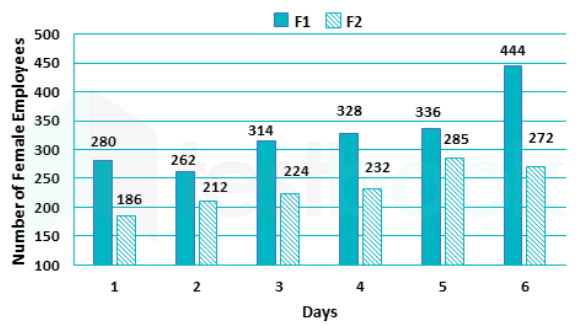
What is the difference (correct up to two decimal places) in the average number of females working per day in a factory F1 and the average number of females working per day in a factory F2?A87.33B125.33C92.17D96.25 - Question 2 - Select One
The Bar graph given below presents the number of males and females working in five different companies.
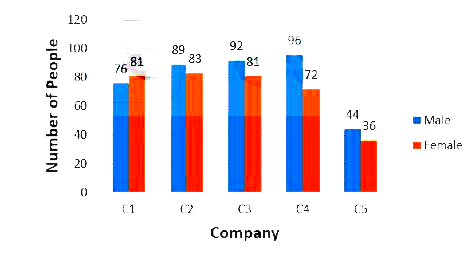
What is the average number of females working per company ?A72.2B70.6C71.8D74.6 - Question 3 - Select One
The Bar graph given below presents the number of males and females working in five different companies.

What is the ratio of the total number of males working in the Companies C2 and C3 to the total number of females working in C1 and C5 ?A171:136B181:117C182:119D183:124
The following bar graph represents the number of cold drink bottles sold by a shopkeeper on six consecutive days.
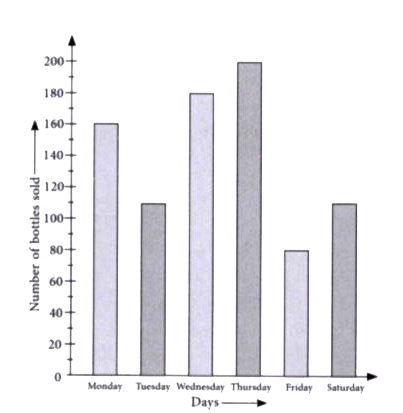
On which day minimum number of bottles were sold?View SolutionThe Bar graph given below presents the number of cars parked on ten different days in a parking area
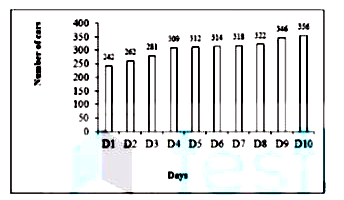
What is the total number of cars parked on all the ten days in the parking area ?View SolutionThe Bar graph given below presentes the number of cars parked on ten different days in a parking area.
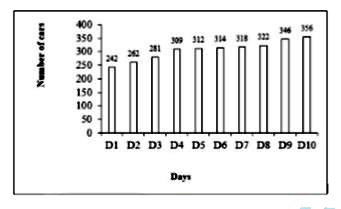
What is the difference in the number of cars parked on D3 and D8 ?View SolutionThe Bar graph given below presents the number of males and females working in five different companies.

The total number of males working in these five companies is how much percent (approximately) more than the total number of females working in these five companies ?View SolutionThe Bar graph given below presents the number of books sold by a bookseller during different months of a year.

What is the total number of books sold by the bookseller in the year?View Solution

